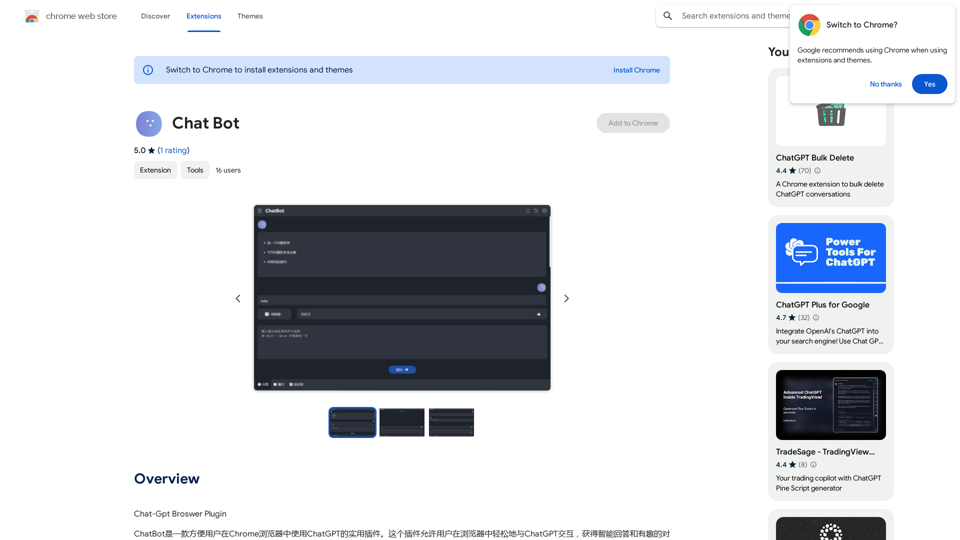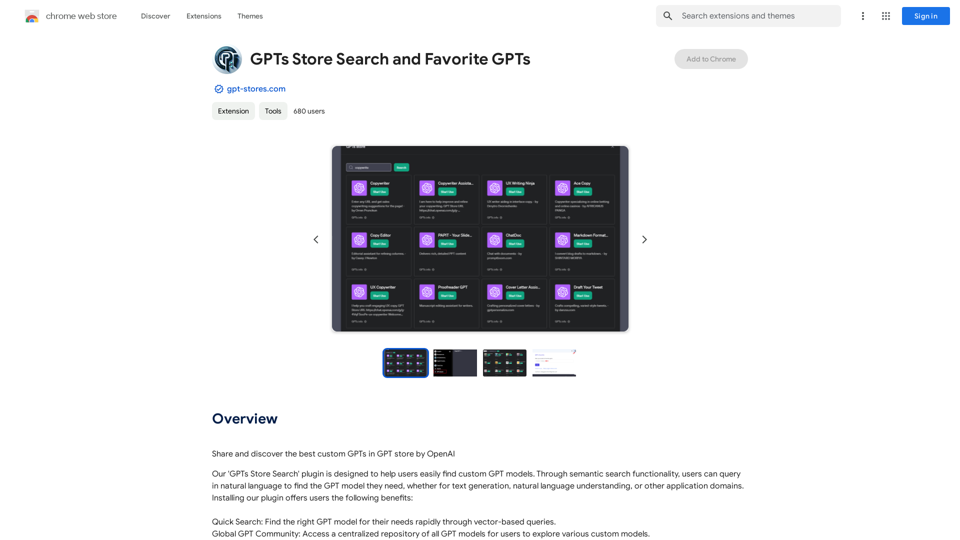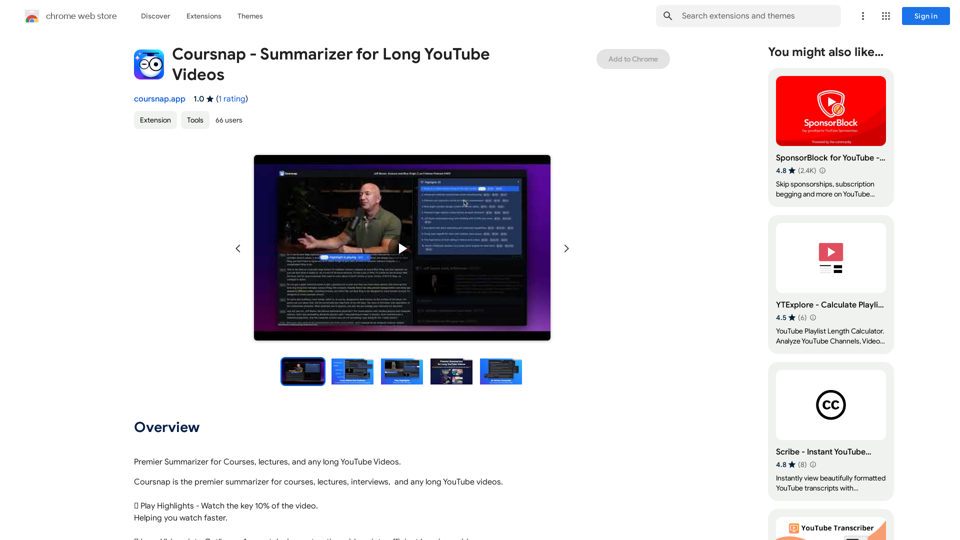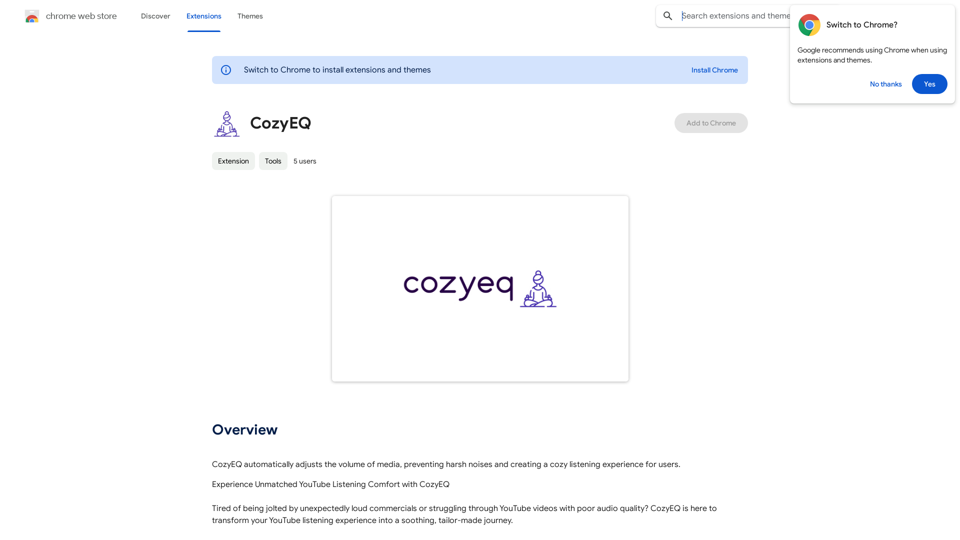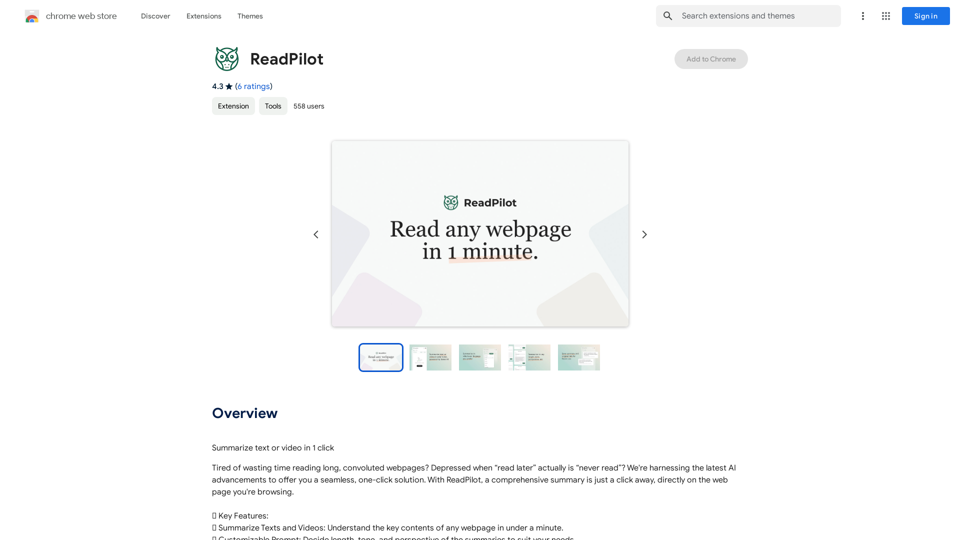Imagifi is a Chrome extension that empowers users to create original AI-generated images from any web page. This tool enables effortless creation of visually engaging images for both professional and personal use, without requiring artistic skills. Imagifi offers customization options, instant generation, and free usage, making it accessible to everyone.
Imagifi: 1-Click AI Art Anywhere
Create original AI images from any page on the web
Introducing Imagifi from Easyfi.ai, your personal AI image generator! With…
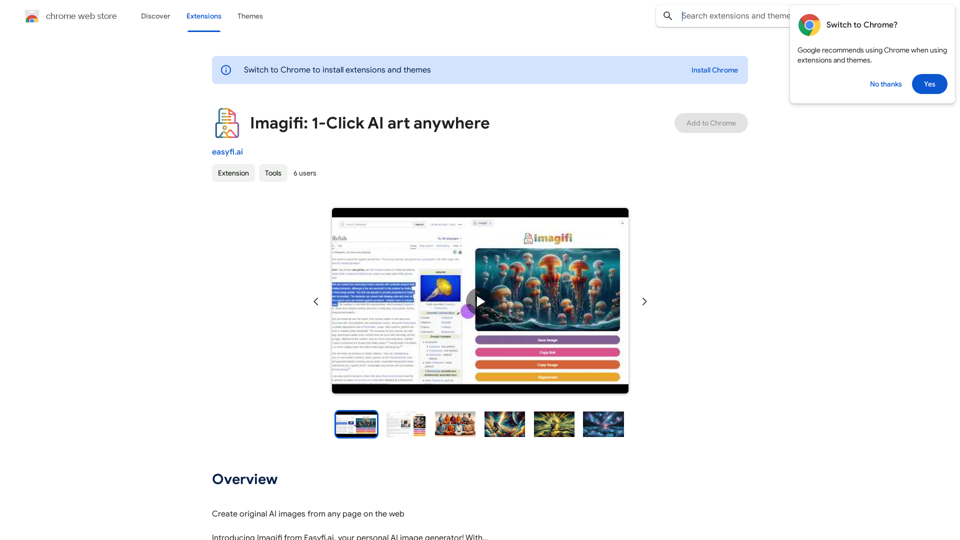
Introduction
Feature
AI Image Generation from Web Pages
Imagifi allows users to create endless professional or creative images based on any web page, selected text, or custom input. This feature enables quick and easy visual content creation from diverse online sources.
Customizable Image Parameters
Users can choose the source, style, shape, and quality of the image. This level of customization ensures that the generated images meet specific requirements and preferences.
One-Click Generation
With a simple press of the 'Generate' button, users can create a brilliant new piece of artwork in just a few seconds. This feature streamlines the image creation process, saving time and effort.
Image Management Options
After generation, users can save the image, send it, or regenerate a new one. These options provide flexibility in handling and sharing the created content.
Free Usage Without Sign-up
Imagifi offers free usage with no sign-up or login required. This feature allows users to start creating AI images immediately without any cost or commitment.
Multi-Device Compatibility
The extension is available on multiple devices, including desktop and mobile, ensuring users can access Imagifi's capabilities across various platforms.
FAQ
Is Imagifi free to use?
Yes, Imagifi is free to use, with no sign-up or login required. Users can start creating AI images right away without any cost or commitment.
Can I use Imagifi for commercial purposes?
Yes, Imagifi is free to use for commercial purposes. However, users should be aware that they may need to obtain permission from the copyright holder if they plan to use the image for commercial purposes.
Can I customize the images generated by Imagifi?
Yes, Imagifi allows users to customize the images generated by choosing from a range of options, including the source, style, shape, and quality. This customization ensures that the generated images meet specific requirements and preferences.
How do I use Imagifi?
Using Imagifi is straightforward:
- Install the extension
- Open it from the Chrome toolbar
- Choose your customization options
- Press 'Generate' to create your AI image
- Save, send, or regenerate the image as needed
Latest Traffic Insights
Monthly Visits
193.90 M
Bounce Rate
56.27%
Pages Per Visit
2.71
Time on Site(s)
115.91
Global Rank
-
Country Rank
-
Recent Visits
Traffic Sources
- Social Media:0.48%
- Paid Referrals:0.55%
- Email:0.15%
- Referrals:12.81%
- Search Engines:16.21%
- Direct:69.81%
Related Websites
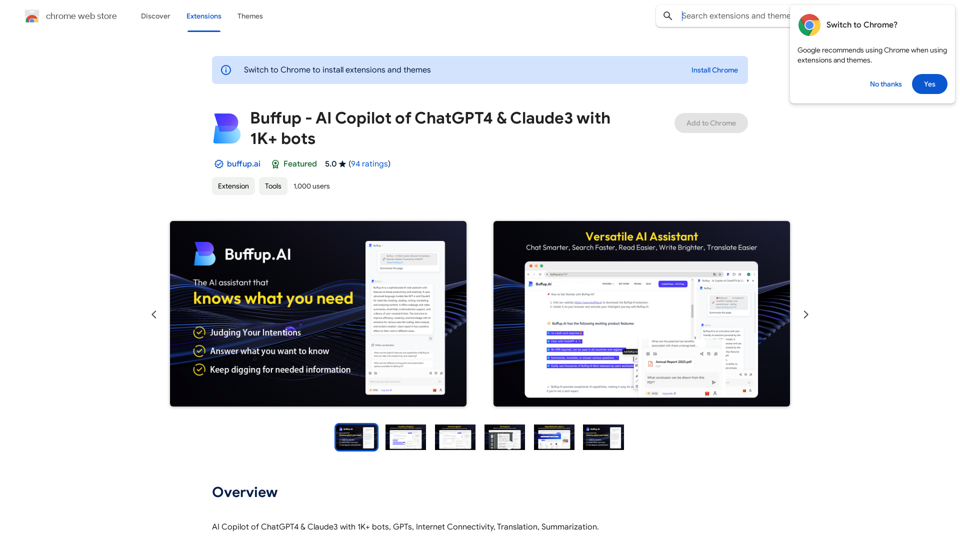
Buffup - AI Copilot of ChatGPT4 & Claude3 with 1,000+ bots
Buffup - AI Copilot of ChatGPT4 & Claude3 with 1,000+ botsAI Copilot of ChatGPT4 & Claude3 with 1K+ bots, GPTs, Internet Connectivity, Translation, Summarization This AI copilot combines the power of ChatGPT4 and Claude3, along with over 1,000 bots, GPTs, and internet connectivity, to provide advanced features such as translation and summarization.
193.90 M
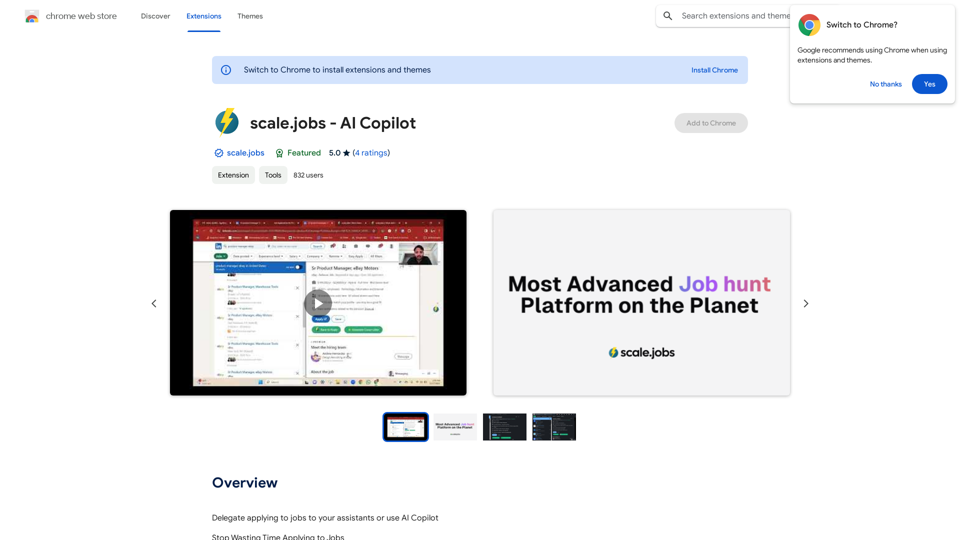
Delegate applying to jobs to your assistants or use AI Copilot Applying to jobs can be a tedious and time-consuming task. Delegate this task to your assistants and let them handle the initial application process, including resume submission and cover letter writing. Alternatively, utilize AI Copilot, an innovative tool that can automate the job application process, saving you time and energy. By delegating or automating this task, you can focus on more important things, such as preparing for interviews, networking, and building meaningful connections in your industry. This approach can also increase your chances of getting hired, as your assistants or AI Copilot can help you apply to more job openings, thereby increasing your visibility and reach. Remember, time is valuable, and by delegating or automating the job application process, you can make the most of your time and achieve your career goals more efficiently.
193.90 M
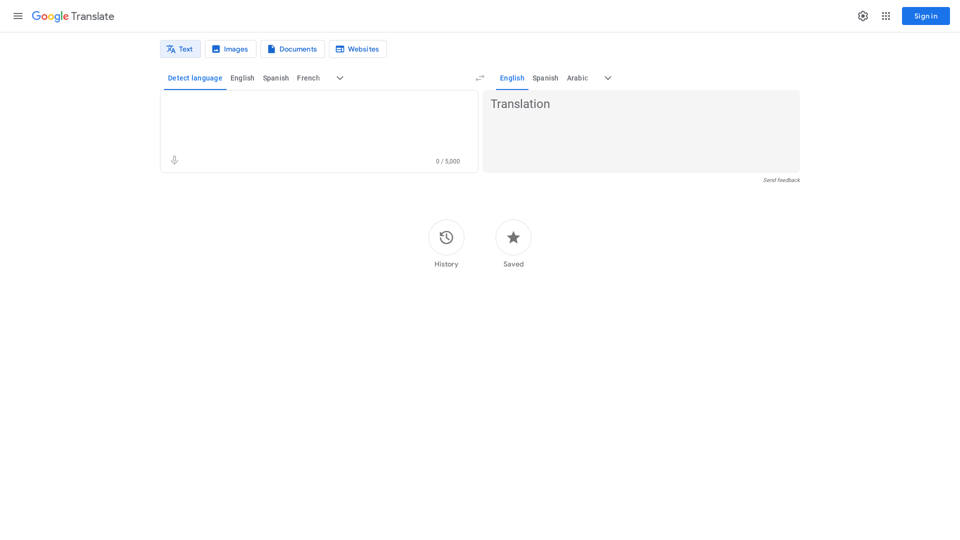
Google's service, provided at no cost, instantly translates words, phrases, and web pages between English and more than 100 other languages.
598.01 M
